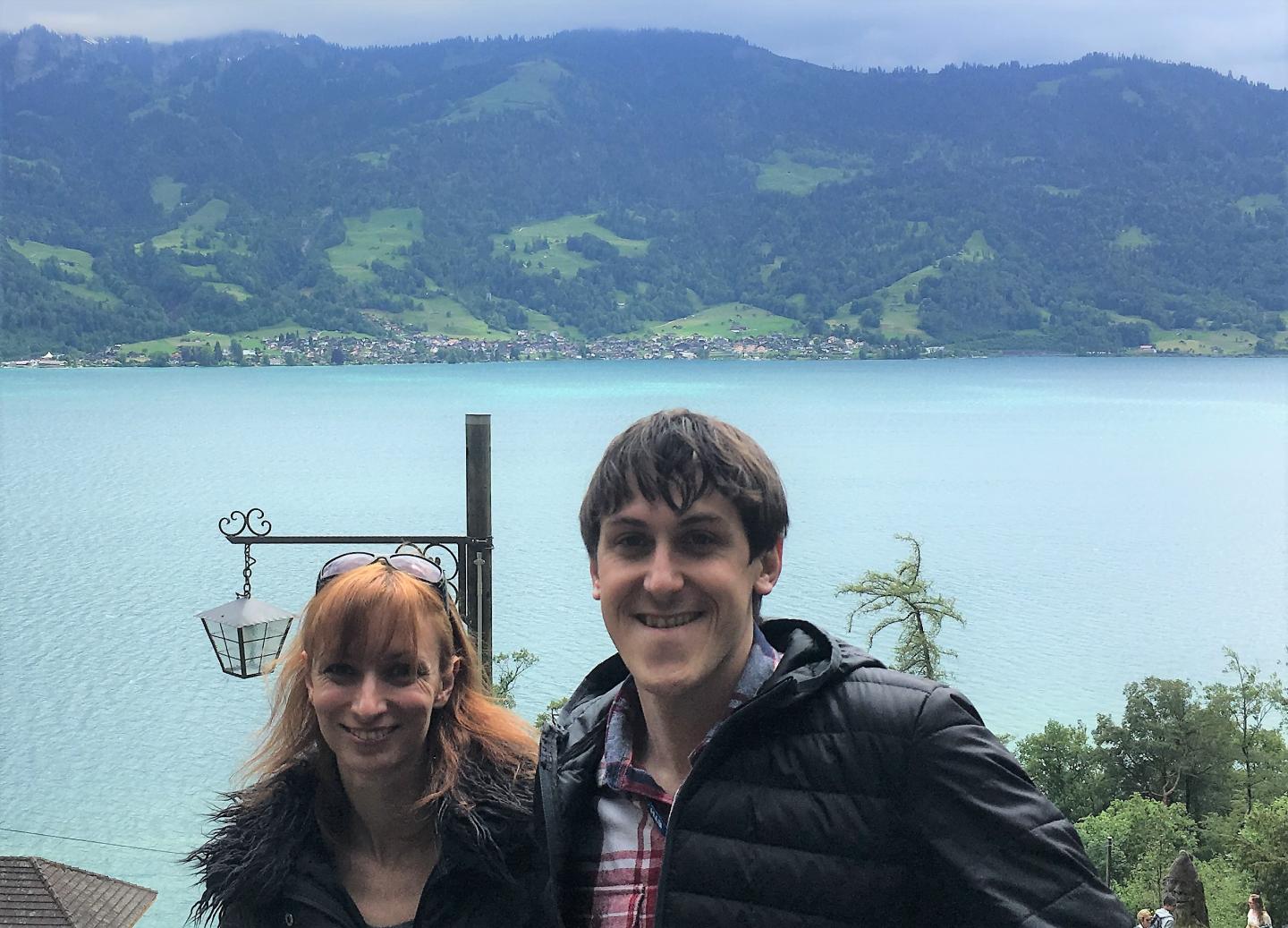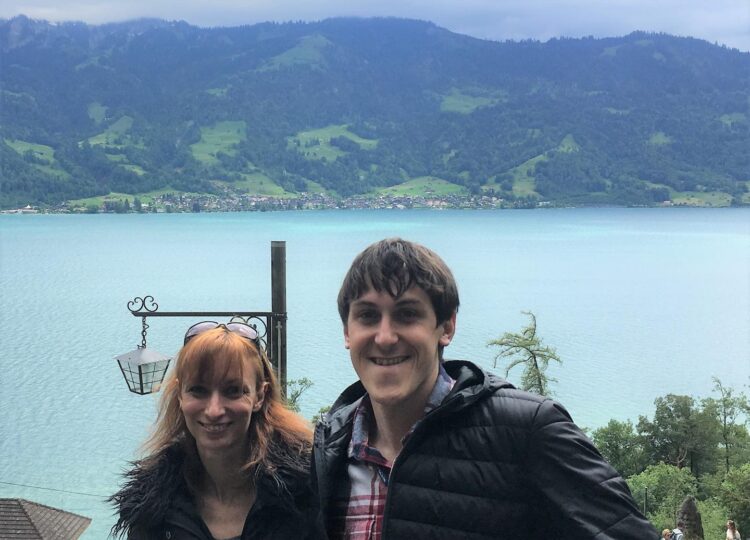
Credit: Dan Wall
A fundamental question in biology is how individual cells within a multicellular organism interact to coordinate diverse processes.
A University of Wyoming researcher and his Ph.D. students studied myxobacteria — common soil microbes that prey off other microbes for food — and posed the question: “How do cells from a diverse environment recognize other cells as related or clonal to build social groups and a multicellular organism?”
“Myxobacteria assemble a multicellular organism by cobbling together cells from their environment. This is in contrast to plants and animals, where gametes fuse to create a unique cell, which, upon clonal expansion, creates a multicellular organism,” says Dan Wall, a professor in the UW Department of Molecular Biology. “The ability of myxobacteria to create multicellular organisms is remarkable, given that soil is considered to be the most diverse environment on the planet, wherein a small sample can consist of tens of thousands of microbial species. Broadly speaking, our work helps to address this question.”
Wall is corresponding author of a paper, titled “Rapid Diversification of Wild Social Groups Driven by Toxin-Immunity Loci on Mobile Genetic Elements,” that was published in the June 22 (today) issue of the International Society for Microbial Ecology (ISME) Journal. Published by Springer Nature, the journal publishes leading research in microbial ecology, spanning the breadth of microbial life, including bacteria, archaea, microbial eukaryotes and viruses.
Christopher Vassallo and Vera Troselj, both Ph.D. candidates in Wall’s lab at the time of the research, are co-authors of the paper. Vassallo and Troselj are now postdoctoral researchers at the Massachusetts Institute of Technology and the Lawrence Berkeley National Laboratory, respectively. Michael Weltzer, a UW graduate student in the Molecular and Cellular Life Sciences program from Idaho Springs, Colo., is another co-author.
This work is mostly fundamental and addresses how cells discriminate between the self and non-self, Wall says.
“Multicellularity is a difficult way of life to evolve and maintain, because cells are the smallest unit of life, and there is selective pressure for them to exploit their environment, including other cells, for their own benefit,” he explains. “For example, cancer cells do this and are constantly arising in our own body. Fortunately, our immune system recognizes them as non-self and eliminates them. Our system works in an analogous manner.”
Wall says his group’s work builds on prior research on the subject that showed that a small patch of soil has another layer of remarkable diversity at the subspecies level. Among Myxococcus xanthus isolates, there are many different social groups that discriminate against one another. However, Wall says the prior research did not elucidate how it works at the molecular level.
“Our paper addresses the mechanism of how they (myxobacteria) discriminate and how highly related strains recently diverged, or evolved, into distinct social groups,” Wall says.
This ISME paper also builds on Vassallo and Wall’s previous paper, titled “Self-Identify Barcodes Encoded in Expansive Polymorphic Toxin Families Discriminate Kin in Myxobacteria,” that was published in the Proceedings of the National Academy of Sciences (PNAS) Nov. 19, 2019.
The work in the PNAS paper showed that Myxococcus xanthus expresses a highly variable cell surface receptor called TraA. Cells use these receptors, which have many different sequences or alleles in populations, to recognize other cells as possible clonemates or as self. If the other cells bear identical TraA receptors, they interact. This results in the transient fusion of cells where they exchange cellular components, such as proteins and lipids, but no DNA. Included in this cargo are highly variable toxin proteins.
Thus, if the other cells are true clonemates, they have genetically encoded immunity to those toxins. But if they are divergent cells that happen to have compatible TraA receptors, but are not clonemates, they will be killed by toxin transfer. In the PNAS paper, Vassallo and Wall discovered six distinct families of toxins delivered by TraA recognition and exchange. Each of these families is diverse and abundant in myxobacterial genomes.
From the PNAS study, Wall says they sought to put their predictions to the test in the ISME paper.
“We analyzed the publicly available genomes of those 22 (myxobacteria) strains, identified their toxin genes and predicted how they would socially interact,” Wall says. “We found a perfect correlation between our predictions and empirical findings by others. We then experimentally tested our predictions by creating mutants and showed we could engineer social harmony between otherwise antagonistic strains by inactivating toxin transfer.”
Along with the TraA delivery/discrimination system, Wall says they also discovered two other systems — type VI secretion system (T6SS) and rearrangement hotspot (RHS) — were involved in kin discrimination. T6SS is a molecular injection apparatus that transfers toxins into adjacent cells. If the cells are clonal, they will encode immunity; if not, they will be intoxicated. T6SSs are widely distributed in many different types of bacteria. Although not well understood, the RHS system also serves as a nanoweapon.
Additionally, the group showed that the key discriminatory toxin genes resided on mobile genetic elements in the chromosome. That is, these highly related strains recently diverged by the horizontal transfer of genes in their environment, mediated by virus-like particles.
###
Media Contact
Dan Wall
[email protected]
Original Source
http://www.
Related Journal Article
http://dx.





